
Butterfly Pic, 04072024 edition





This was my last week tending baby butterflies in 2016, as Dow Gardens’ Butterflies in Bloom is nearly over. The varieties we have only live a few weeks, so when the exhibit ends, the conservatory is closed to visitors while all our insect friends finish out their short but happy lives.

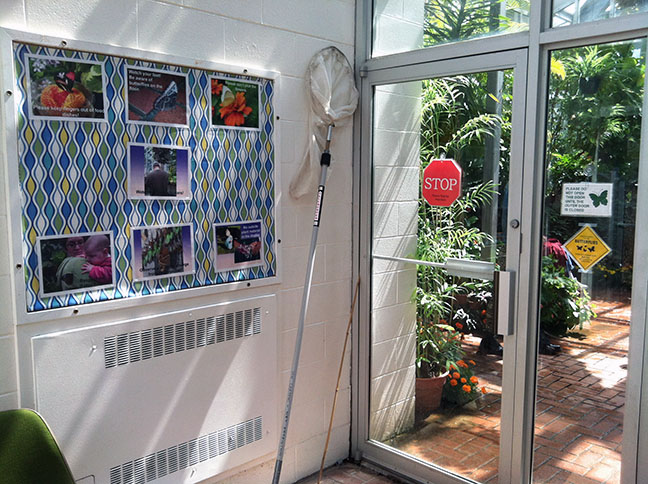
The “rules” posted in the vestibule – Elly Maxwell, our entomologist, prefers to limit the rules as much as possible – include

I brought my lovely daughter Heather, who proved adept at finding hidden butterflies – the camouflaged Southern white covered in mist from a fan below, and the Mexican bluewing hiding deep within a plant but still in a sunny spot, below that.


(As a child, she was our “finder” when objects went missing. The Southern white butterfly eventually concerned her enough that she asked me to check on it, so I moved it to a sunny and dry spot, and it took off immediately.)


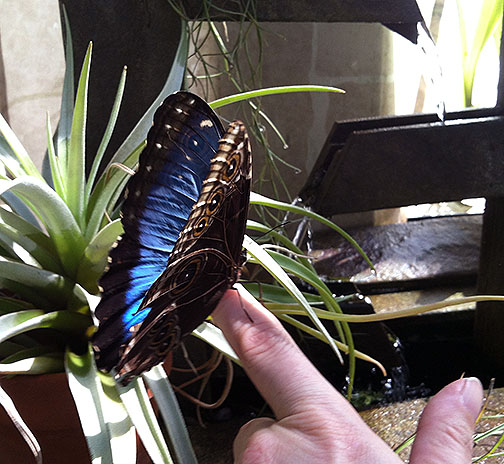
We didn’t plan to have moths this year and so our moth case isn’t out in the exhibit. Moths lay eggs quickly so we don’t want them out in the conservatory and always keep them separate. But a supplier sent us some luna moth cocoons so we dealt with it. Elly is collecting the moths for possible use in a pinned collection she is creating.
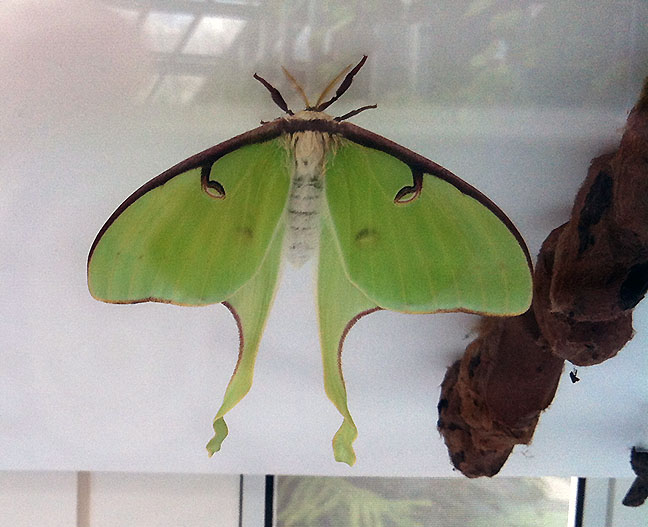
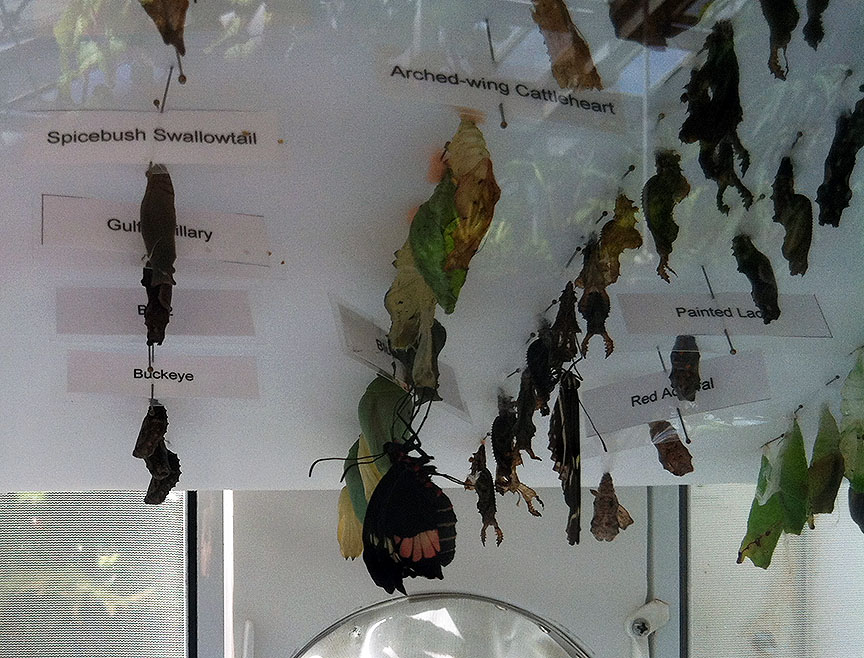






A sunny day made occupants and visitors alike happy at Dow Gardens’ Butterflies in Bloom.
One of the questions I was asked most often Tuesday was, as one child put it, “Why are you putting water on the floor?” With sun pouring through the glass, I had to do this about every hour, more often than usual.

I tell people that many of our butterflies come from jungle and rain forest environments, and while we can’t bring in all of their native plants, we replicate their humidity and temperature the best we can.
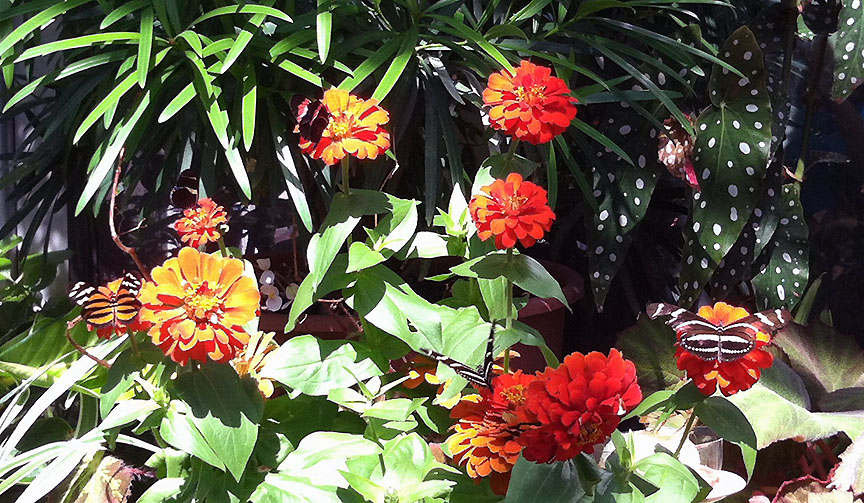
Some butterfly nicknames make sense, some less so. Crackers get their name because the males make a “cracking” sound when being territorial. The two below are a gray cracker, which is gray, and a red cracker, which is blue.



The butterfly on the right above is a blue morpho. You can just barely see the blue topside at the wing opening. If you’re wondering why I didn’t just wait for it to open, you clearly are not one of the people who has waited 20 minutes or longer for this to happen.